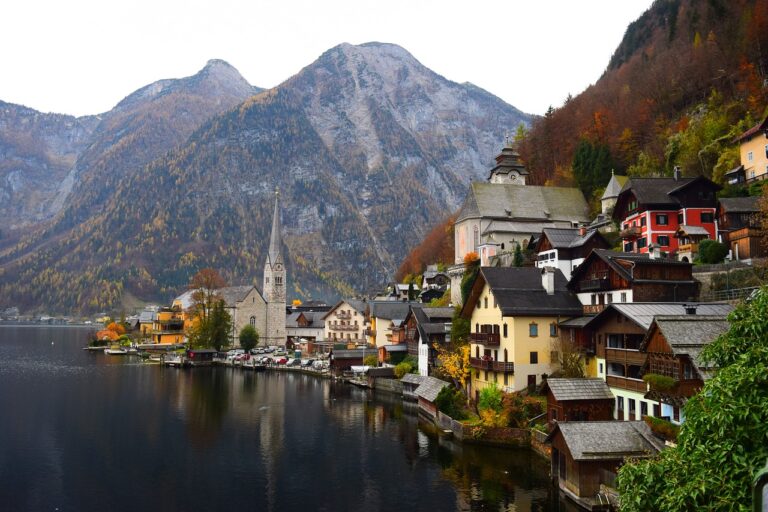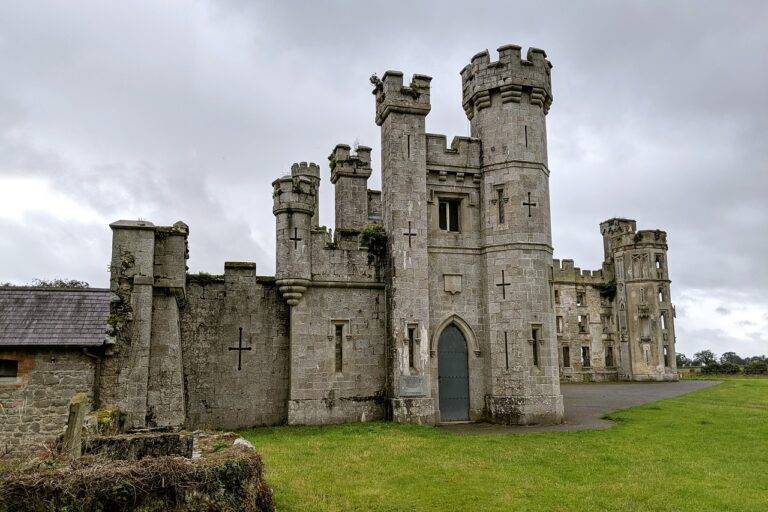Exploring Nomadic Culture: Immersive Experiences with Indigenous Communities Around the World
Nomadic cultures have been an integral part of human history, often embodying a deep connection with the environment and a sense of freedom. The lifestyle of indigenous communities who embrace nomadism is characterized by their ability to adapt to changing landscapes, following the natural rhythms of the earth in their quest for sustenance and shelter.
For these communities, movement is not just a means of survival, but a way of life that shapes their values, traditions, and identity. The nomadic lifestyle fosters a strong sense of community and interdependence, as individuals rely on each other for support and shared knowledge in navigating the challenges of living in harmony with nature.
Cultural Immersion: Participating in Traditional Practices
Every culture around the world has its own set of traditional practices that have been passed down through generations. In order to truly understand and appreciate a culture, participating in these practices is essential. This hands-on approach allows individuals to immerse themselves in the customs and beliefs of a community, gaining a deeper insight into their way of life. By taking part in traditional ceremonies, rituals, dances, or crafts, one can develop a sense of connection and respect for the values and heritage of the people.
Engaging in traditional practices also provides a unique opportunity to learn from the knowledge and wisdom preserved by generations of indigenous communities. Through active participation, individuals not only acquire new skills and experiences but also develop a greater appreciation for the diversity of cultural expressions. This form of cultural immersion fosters mutual understanding and promotes a sense of unity among people from different backgrounds, creating a platform for sharing traditions and fostering respect for cultural heritage.
Traditional Dwellings: Experiencing Unique Housing Structures
When delving into the world of traditional dwellings, one cannot help but marvel at the ingenuity and craftsmanship displayed in the unique housing structures of indigenous communities. From the stilt houses of the Bajau sea nomads to the igloos of the Inuit people, each dwelling is a testament to the resourcefulness and adaptation of its inhabitants to their environment. These structures not only provide shelter but also reflect the deep connection these communities have with nature and the elements.
Stepping into these traditional dwellings offers a glimpse into a way of life that is both ancient and remarkably sustainable. The use of locally-sourced materials and time-honored building techniques showcase a harmonious relationship between humans and their surroundings. Whether it’s the yurts of the Mongolian nomads or the longhouses of the Iban tribe in Borneo, each dwelling tells a story of cultural heritage and resilience that continues to inspire admiration and fascination.
What are some examples of traditional dwellings mentioned in the article?
Some examples of traditional dwellings include yurts, igloos, tipis, and longhouses.
How can one experience unique housing structures mentioned in the article?
One can experience unique housing structures by visiting indigenous communities, participating in cultural immersion programs, or attending traditional festivals and events.
Why is it important to understand the lifestyle of indigenous communities?
Understanding the lifestyle of indigenous communities helps promote cultural appreciation, respect, and preservation of traditional practices and knowledge.
What are some traditional practices one can participate in during cultural immersion experiences?
Some traditional practices one can participate in include storytelling, traditional ceremonies, music and dance performances, and traditional arts and crafts workshops.
How can experiencing traditional dwellings enhance one’s cultural awareness?
Experiencing traditional dwellings can provide insight into the history, values, beliefs, and resourcefulness of indigenous communities, leading to a deeper appreciation and understanding of their cultural heritage.





